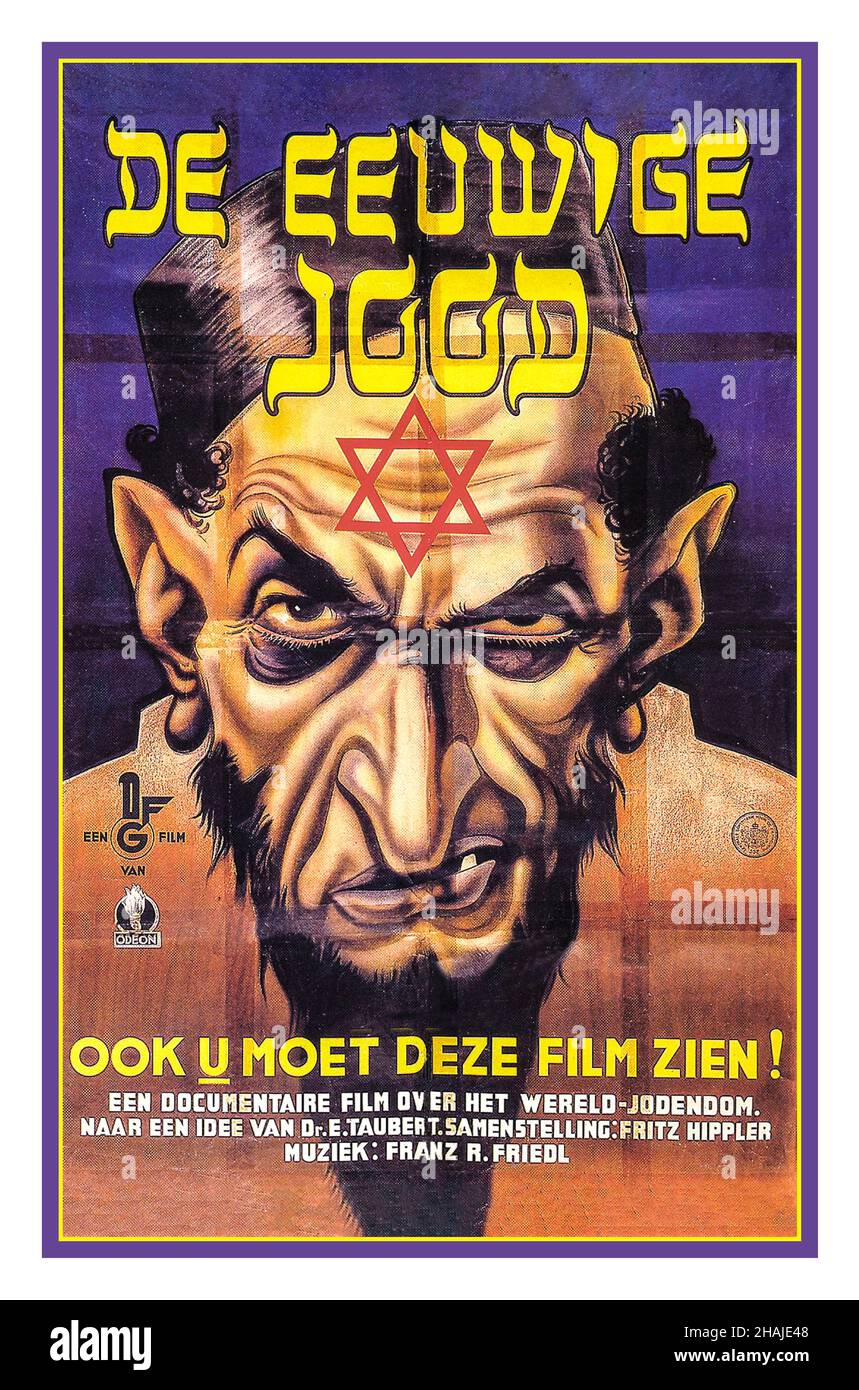In the battle against fake news, history offers a chilling example. Under Adolf Hitler’s Nazi regime, mass communication was weaponized to spread misinformation, control public opinion, and suppress dissent. Nazi Germany’s propaganda machine reveals how fake news, left unchecked, can shape realities and incite atrocities. This remains a warning for today.
State-Controlled Media
In 1933, Hitler created the Ministry of Public Enlightenment and Propaganda under Joseph Goebbels. Its goal was clear: control all communication and promote Nazi ideology. By the mid-1930s, most newspapers had been shut down or taken over. Independent journalism was replaced with strict state narratives (United States Holocaust Memorial Museum, 2023). Editors received daily instructions from the Propaganda Ministry, dictating headlines and storylines. News was no longer about facts but about reinforcing party ideology.
Lies in Print
The antisemitic tabloid Der Stürmer spread grotesque myths, including claims that Jews kidnapped Christian children for ritual sacrifice. Caricatures portrayed Jews as greedy, dangerous, and physically repulsive. These false stories were posted in public display cases called Stürmerkasten, often located outside schools and post offices. Children grew up reading them daily.
The Nazis also used disinformation to justify war. In 1939, they staged the Gleiwitz incident, where SS operatives dressed as Polish soldiers attacked a German radio station. They left behind a murdered prisoner in a Polish uniform to make the hoax believable. This fake event served as the pretext for invading Poland and starting World War II (Kershaw, 2008).
Controlling the Airwaves
Radio became the most effective tool for spreading Nazi propaganda. The Volksempfänger (“people’s receiver”) was mass-produced to be cheap and could only receive German frequencies. By 1939, over 70% of households owned one. Listening to foreign broadcasts, especially the BBC, was illegal and harshly punished. Public listening events were organized to amplify Hitler’s speeches, making it nearly impossible to escape Nazi messaging. This system created a closed media environment, where alternative views were completely silenced (British Library, 2014).

Propaganda in Pictures
Visual media was used to emotionally manipulate the public. The 1940 film The Eternal Jew equated Jews with rats, using graphic slaughterhouse scenes to portray them as a public threat. The traveling exhibition Der Ewige Jude used charts, statistics, and doctored photos to “prove” Jewish corruption. The 1937 “Degenerate Art” exhibit ridiculed modernist art and linked it to moral decay and mental illness. Over two million people viewed the exhibit, reinforcing the regime’s cultural message of racial and ideological purity (Yad Vashem, 2023).
Impact and Modern Parallels
Through repetition and fear, propaganda reshaped public belief. Hitler was seen as a messianic leader; enemies were everywhere. A 1943 campaign encouraged citizens to report “defeatist talk,” turning neighbors into informants. The regime created an atmosphere where lies became reality, and questioning them became dangerous.
Today, misinformation spreads faster than ever through social media, AI-generated content, and algorithm-driven echo chambers. The Nazi example teaches that fighting fake news takes more than fact-checking. It demands education, media literacy, and a strong, independent press.
Unchecked propaganda doesn’t just mislead—it enables oppression. Remembering history is not enough; we must apply its lessons to protect truth and democracy today.
